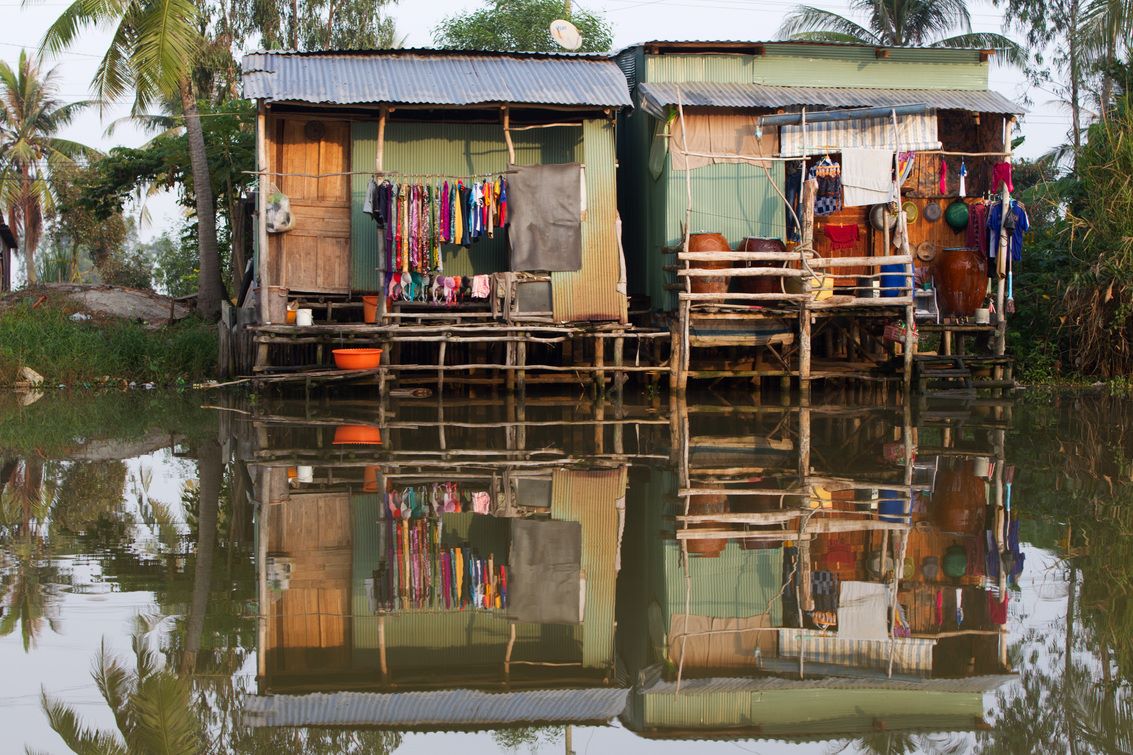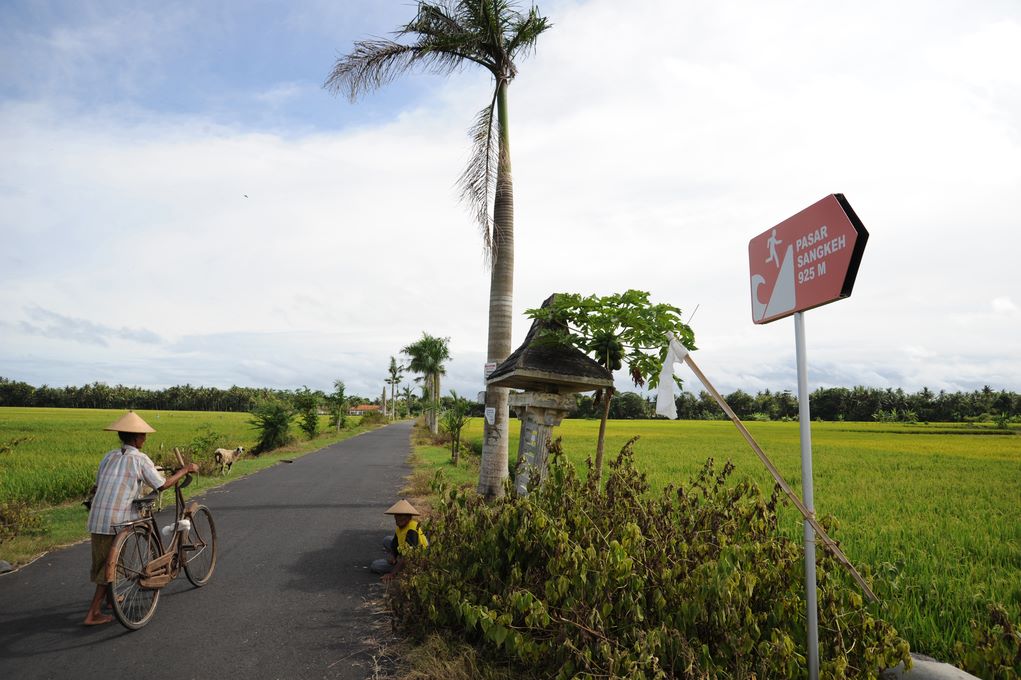What is DRM?

DRM, or Disaster Risk Management, aims to avoid the generation of new risks, improves resilience to the effects of natural events and contributes to sustainable development.
What is a disaster?
A disaster arises when extreme natural events (such as storms, tsunamis, earthquakes, flooding or volcanic eruptions) coincide with a vulnerable society. Whether an extreme natural event turns into a disaster depends on social, ecological, economic and political factors or processes in a society. In general, if individuals, households, municipalities, and countries have lower levels of coping and adaptive capacities, their vulnerability is higher.
What is risk?
In the context of DRM, risk is created from the interaction between an extreme natural event and a vulnerable population, ecosystem or infrastructure. If vulnerability is heightened, for example by severe poverty or other factors, or if natural events become more pronounced, for example as a result of climate change, the resulting risk increases.


© GIZ / Harald Franzen / Ursula Meissner
What is resilience?
DRM is considered an essential aspect of resilience, which refers to the capacity to withstand extreme natural events and cope with their consequences. However, resilience is a popular term, which finds an application in many fields and can therefore be defined quite differently. In the context of DRM and from the perspective of German Development Cooperation, the definition reads:
Resilience is the ability of people, institutions – whether individuals, households, local communities or states – to withstand acute shocks or chronic stress caused by fragile situations, crises, violent conflict, or extreme natural events, and to adapt and recover quickly without compromising their medium and longer-term prospects. (BMZ, 2013)
Disaster risk management strives towards reducing the vulnerability of individuals, households and the society as a whole by strengthening the capabilities of a community to respond to hazards so that even if or when such an extreme event occurs, it will not become a disaster. Natural events can generally not be prevented – but their impact can be mitigated.
Thus, DRM can be defined as:
The process of planning, implementing, evaluating and adapting strategies, procedures and measures relating to the analysis, reduction and transfer of disaster risks, with the aim of reducing hazards and vulnerability and strengthening the coping and adaptation capacities of individuals, households, communities and state structures (BMZ, 2015).